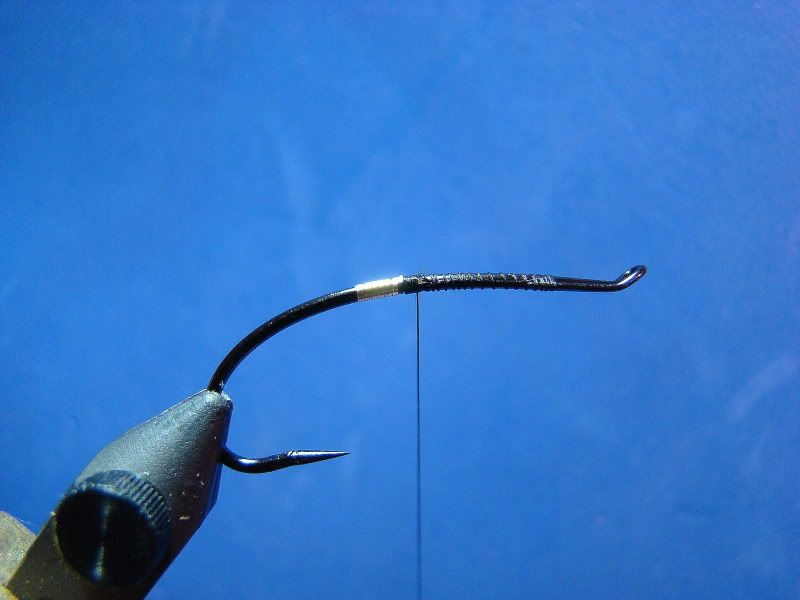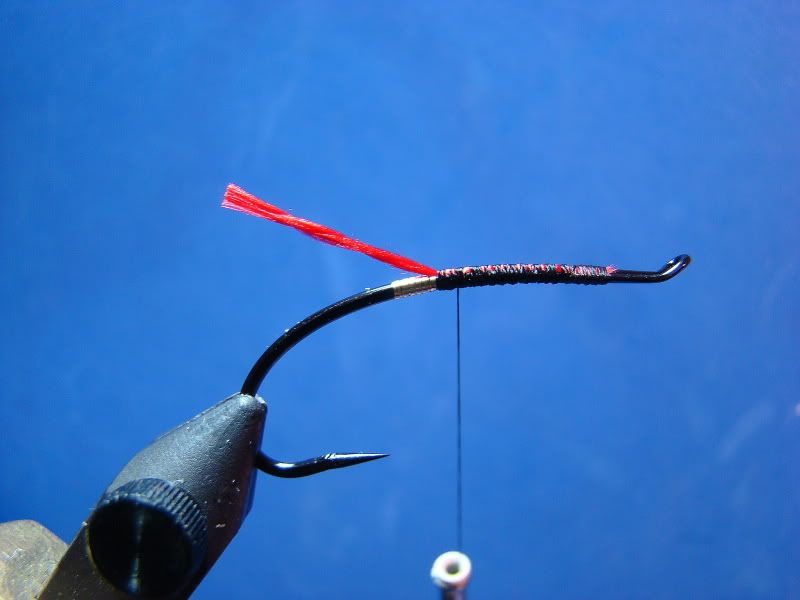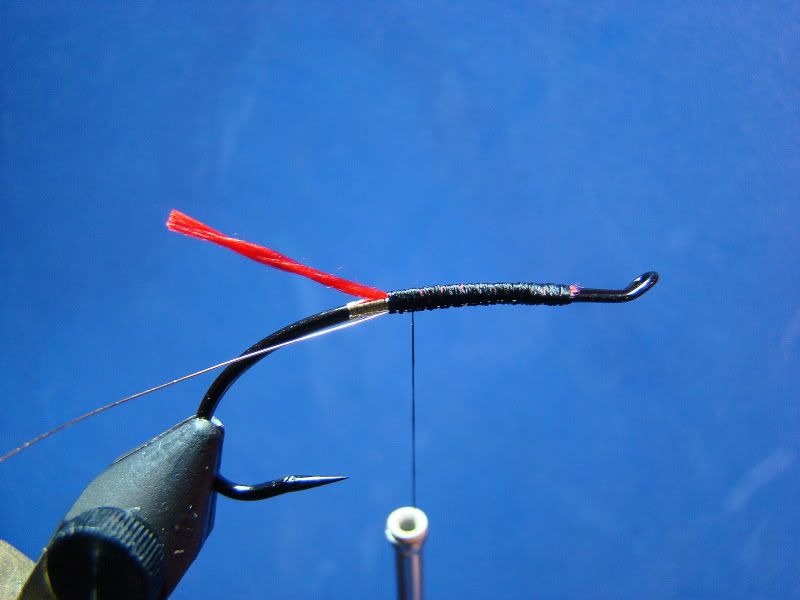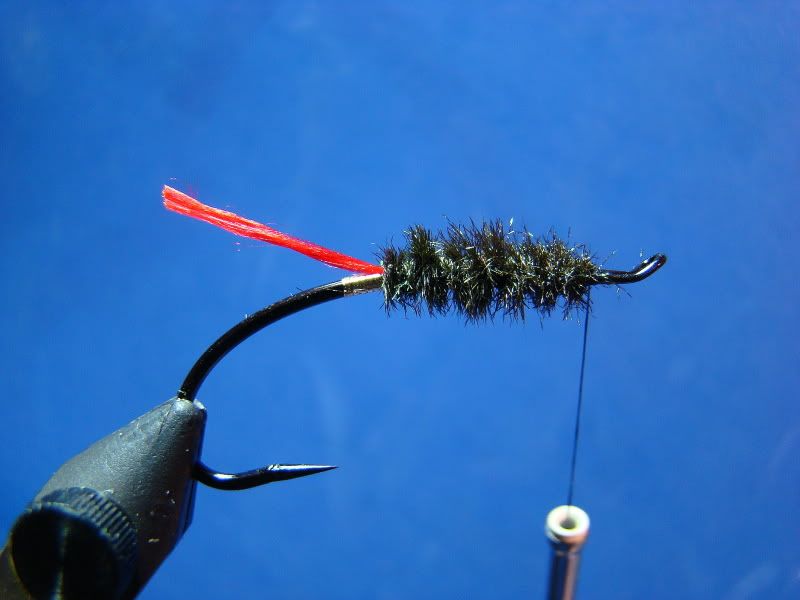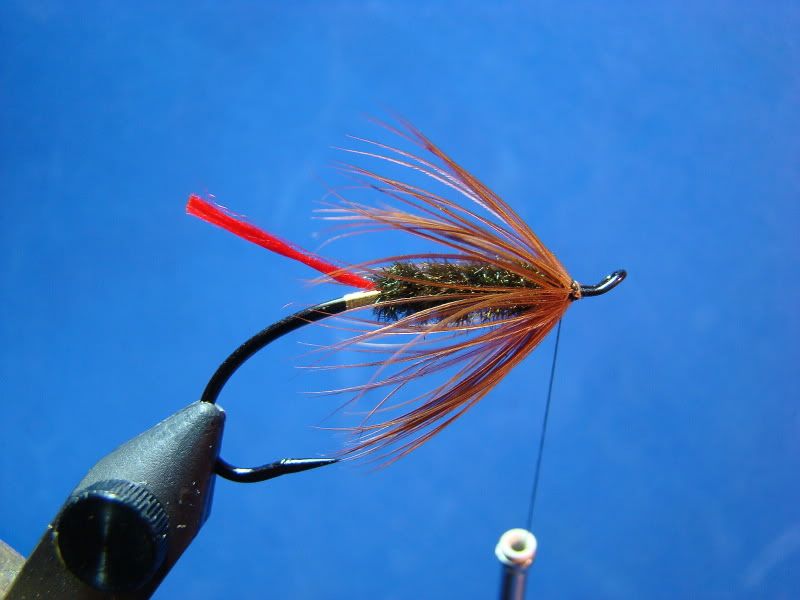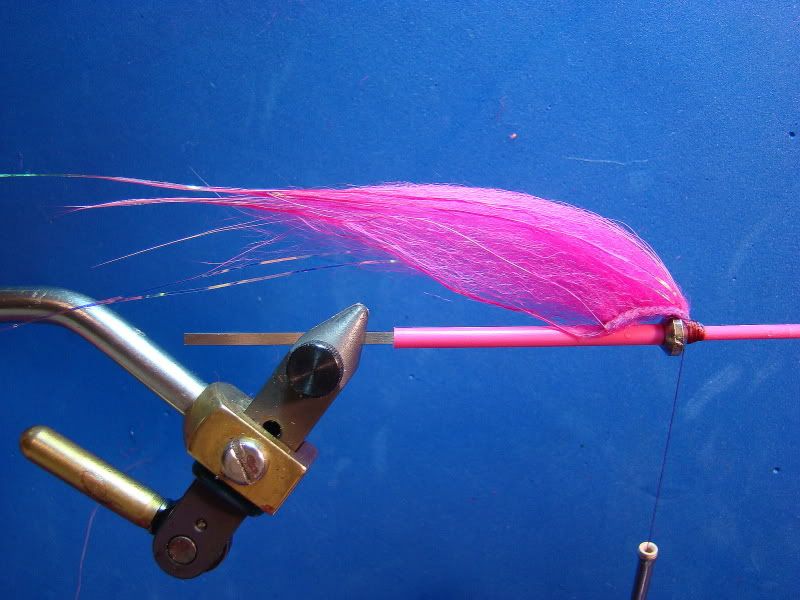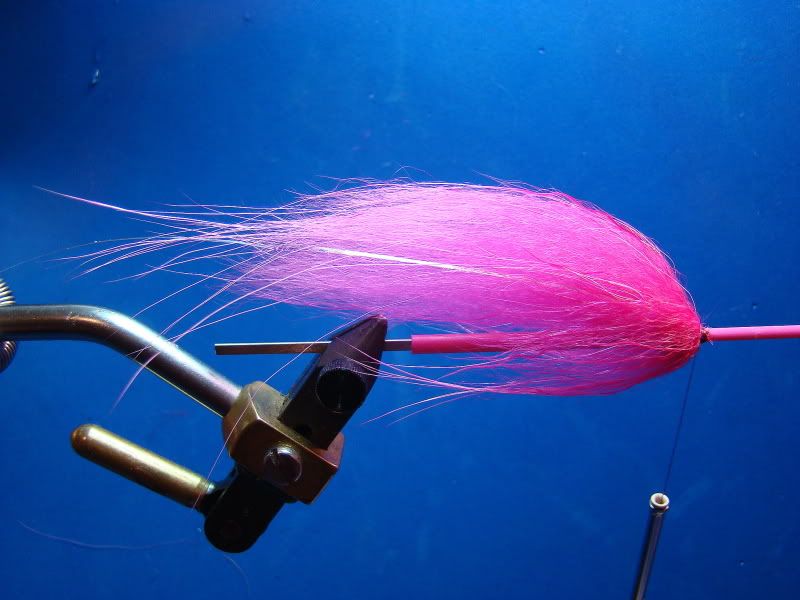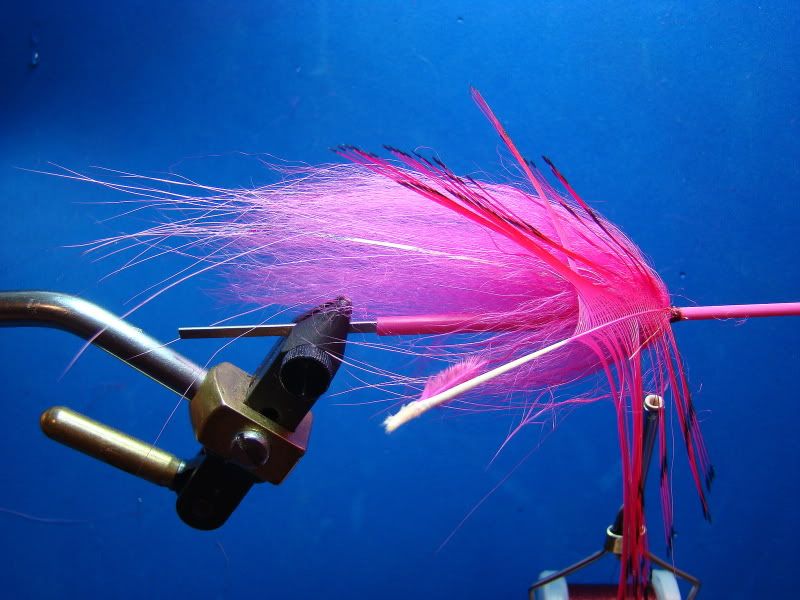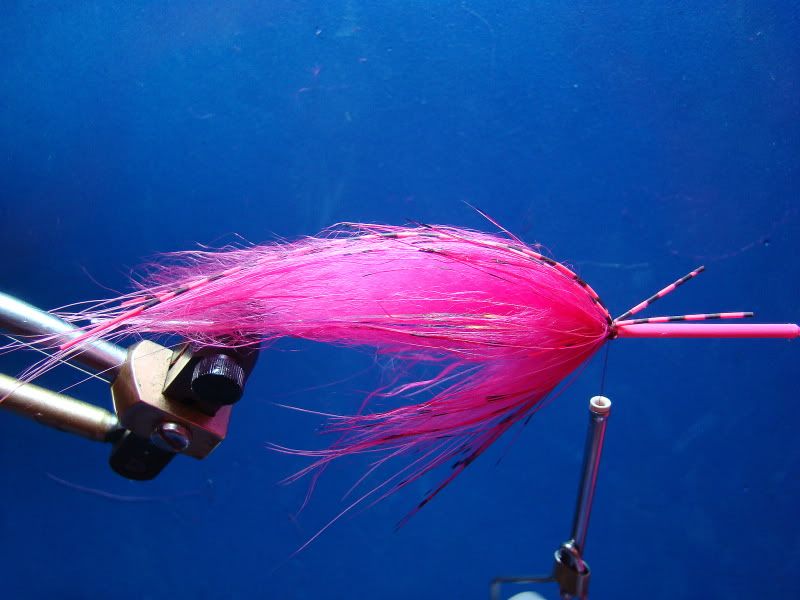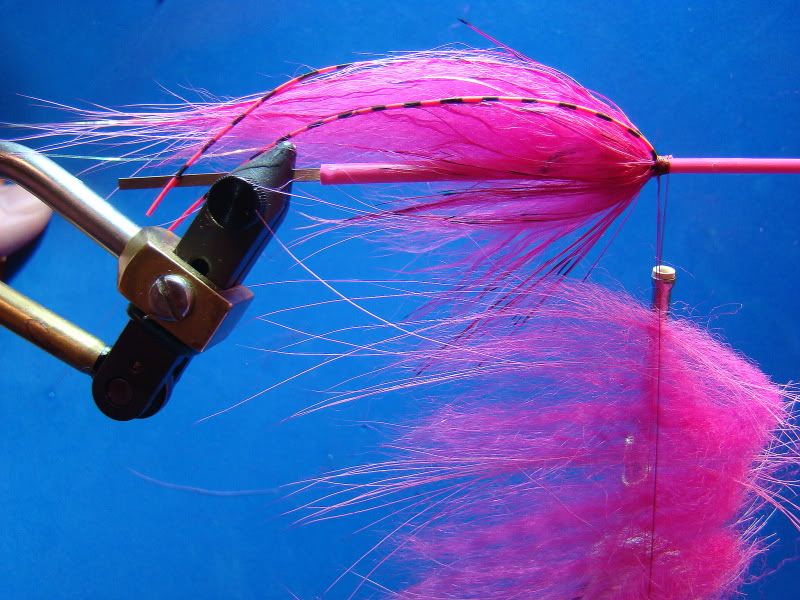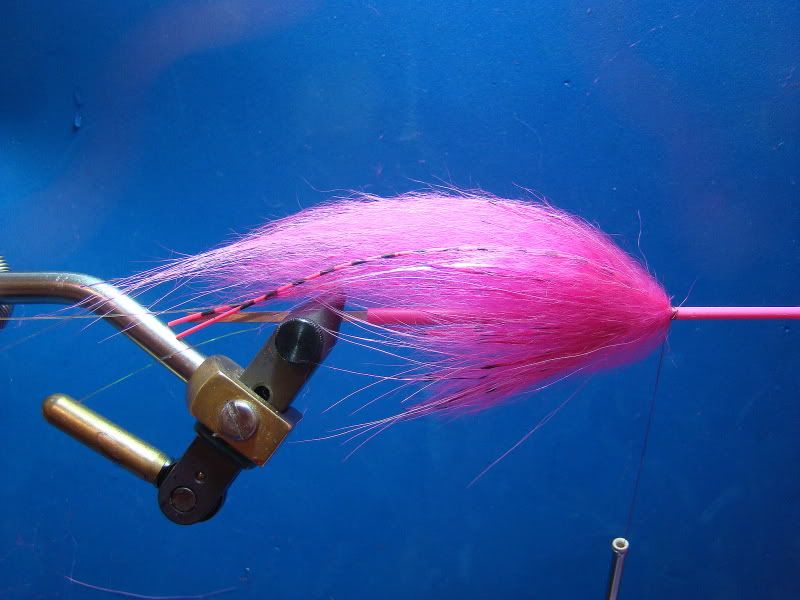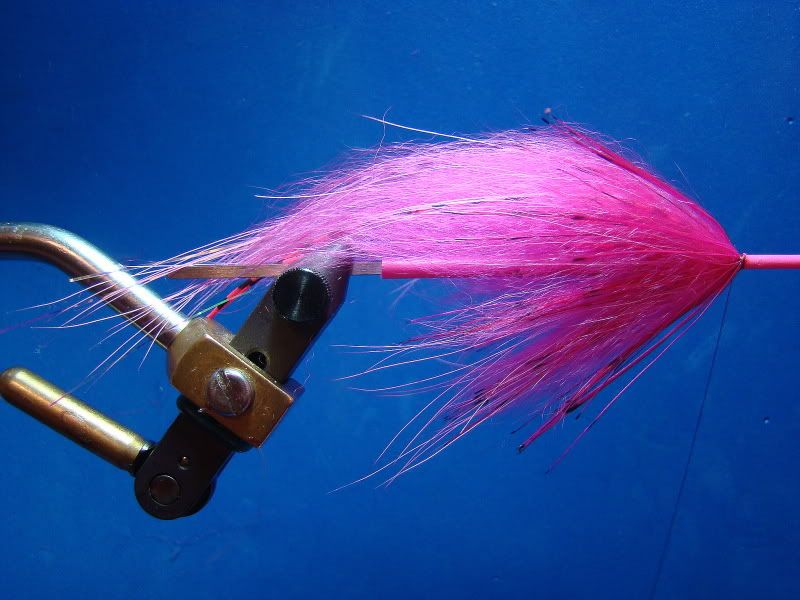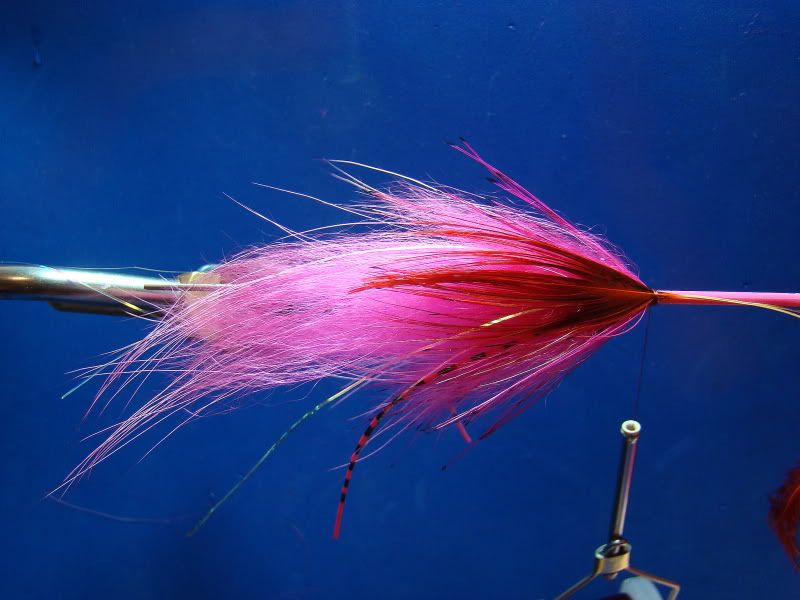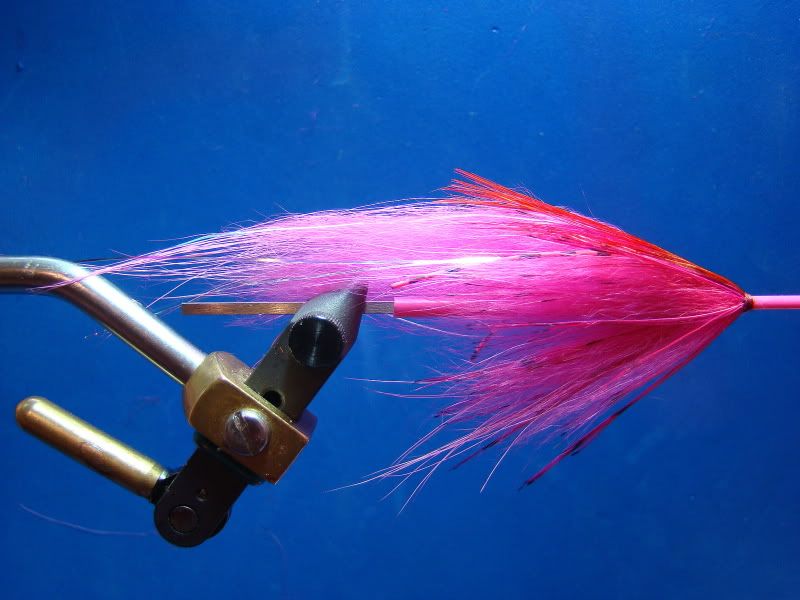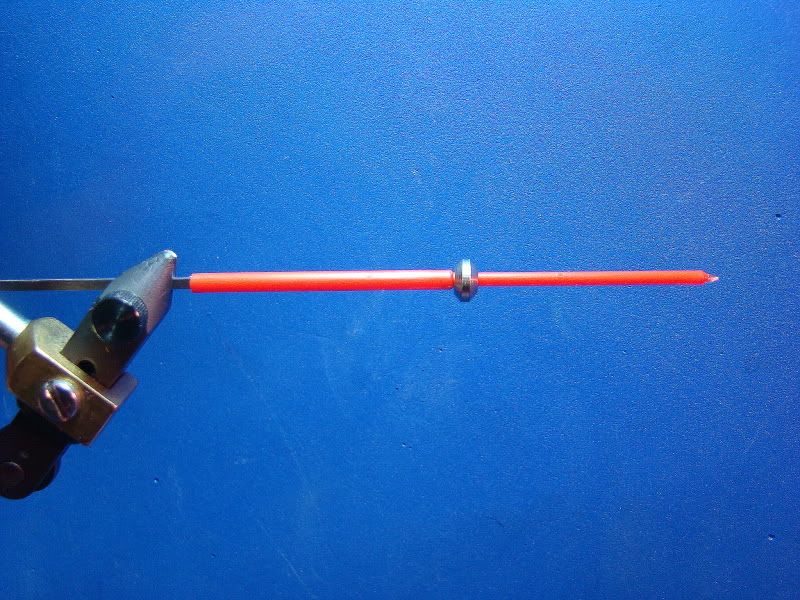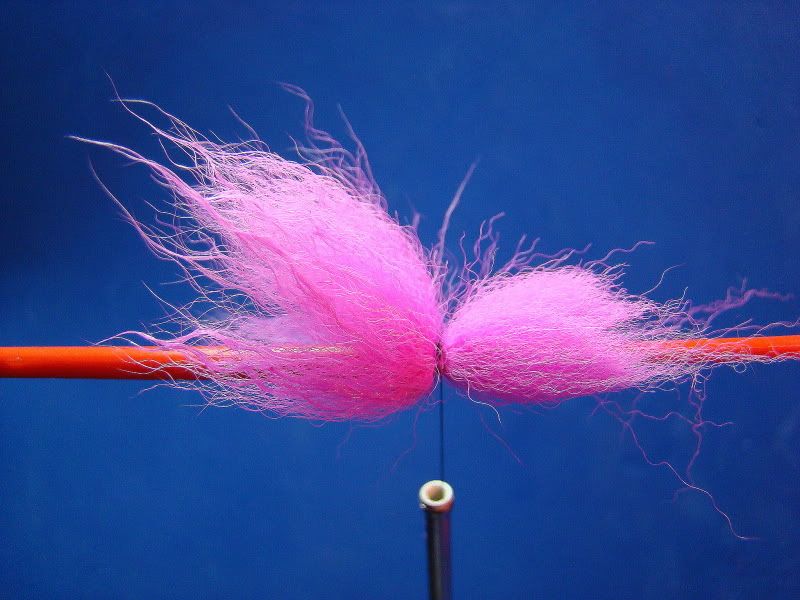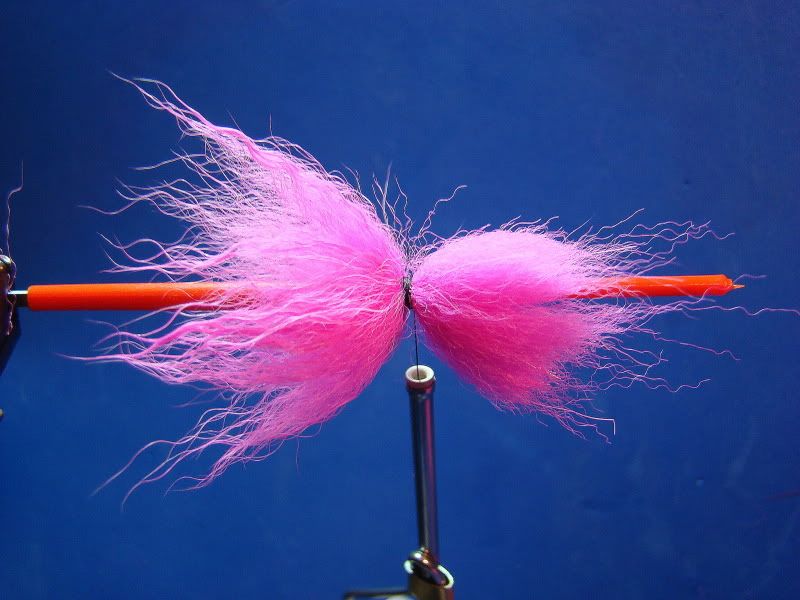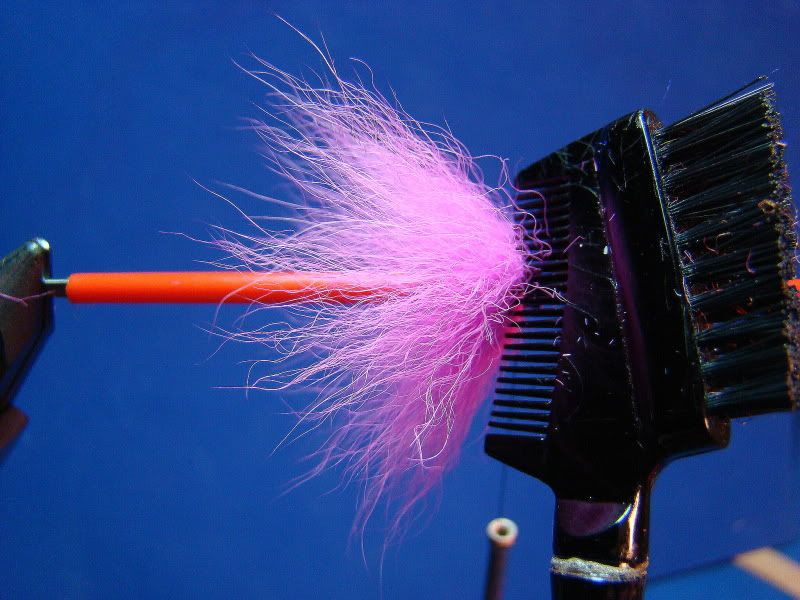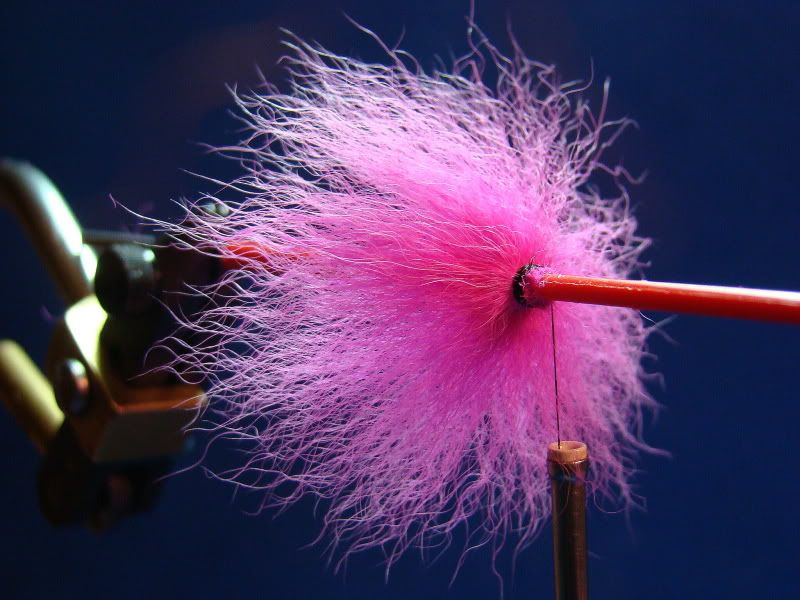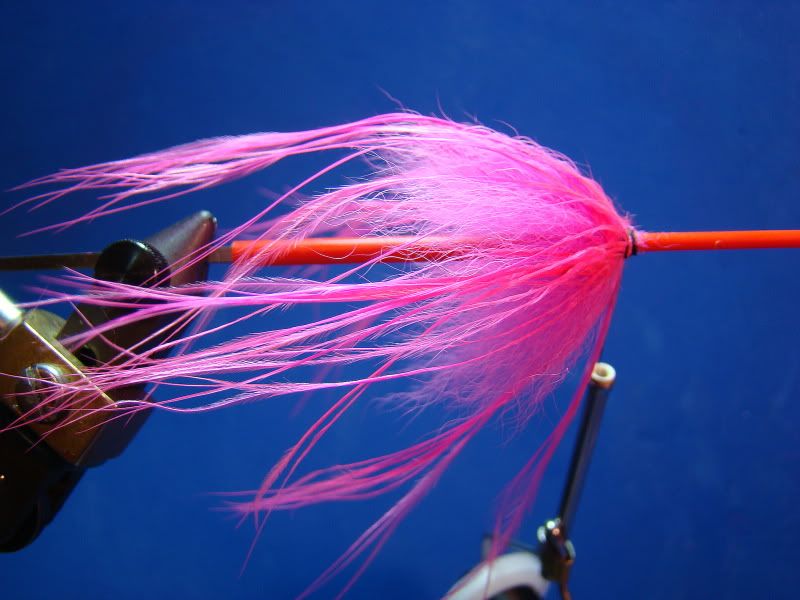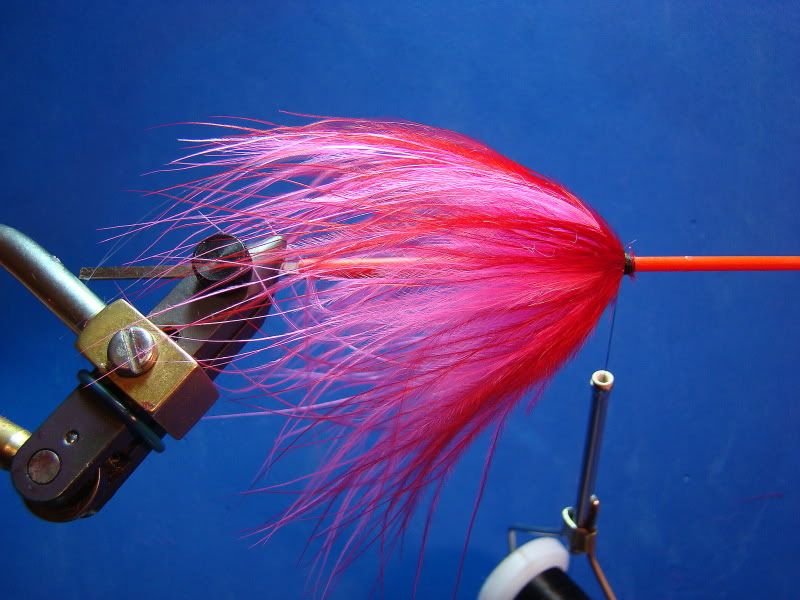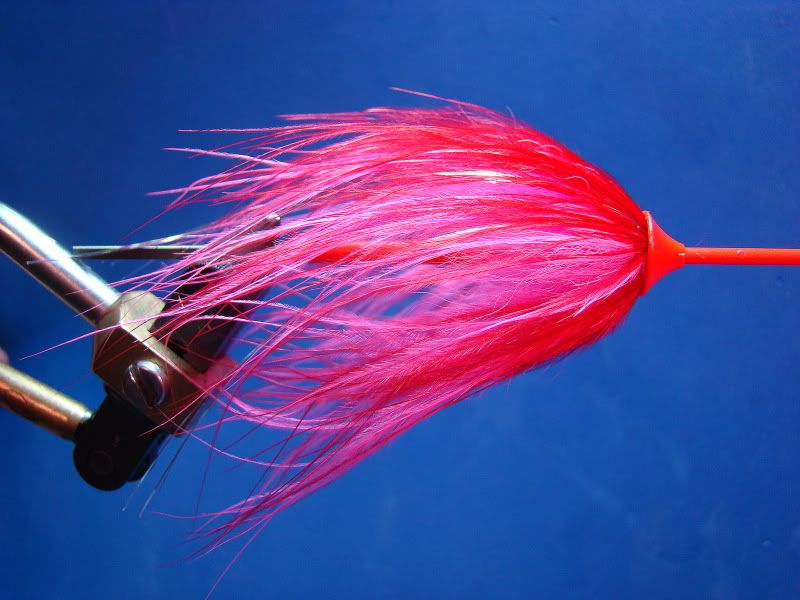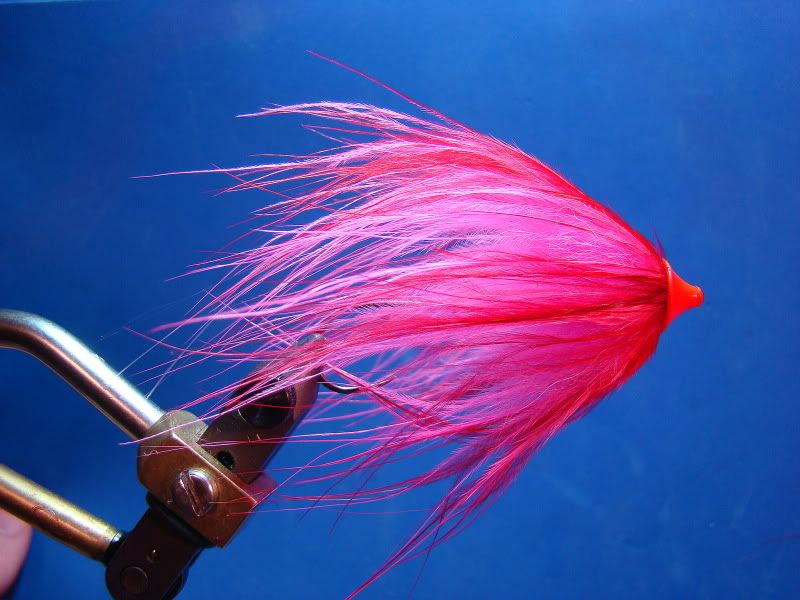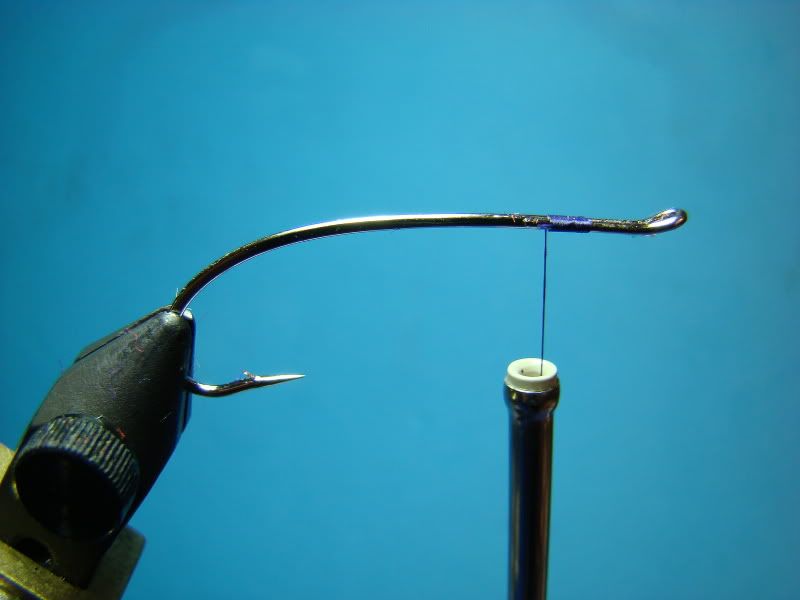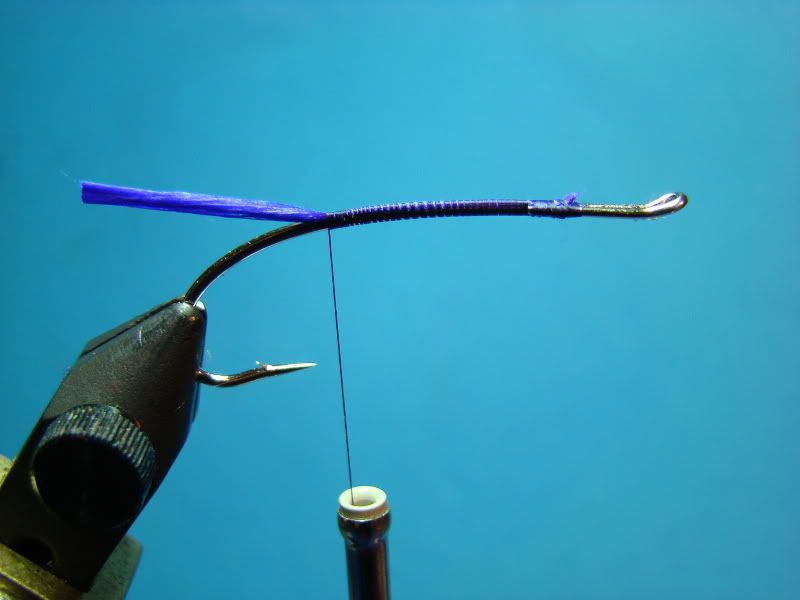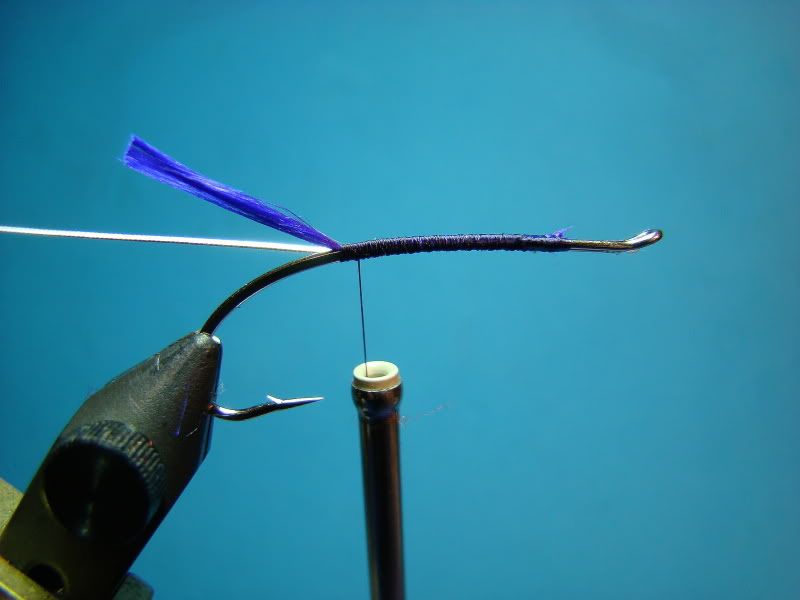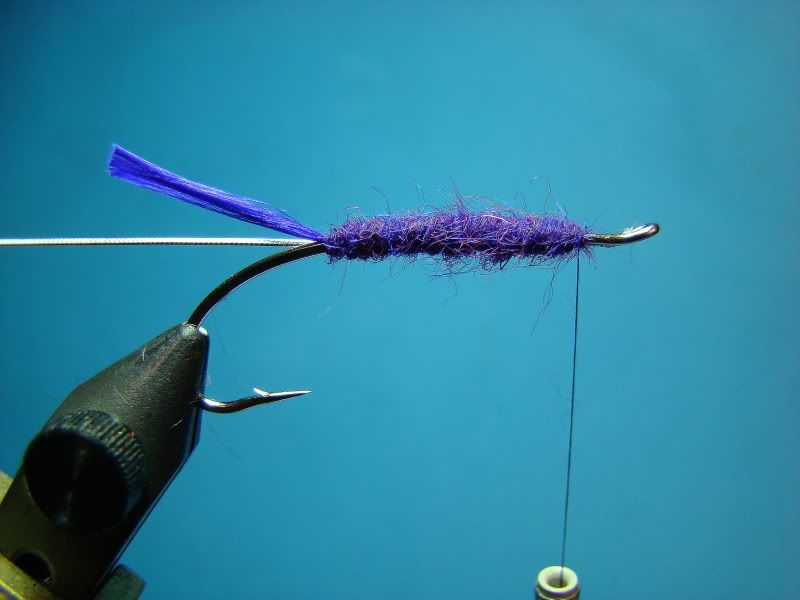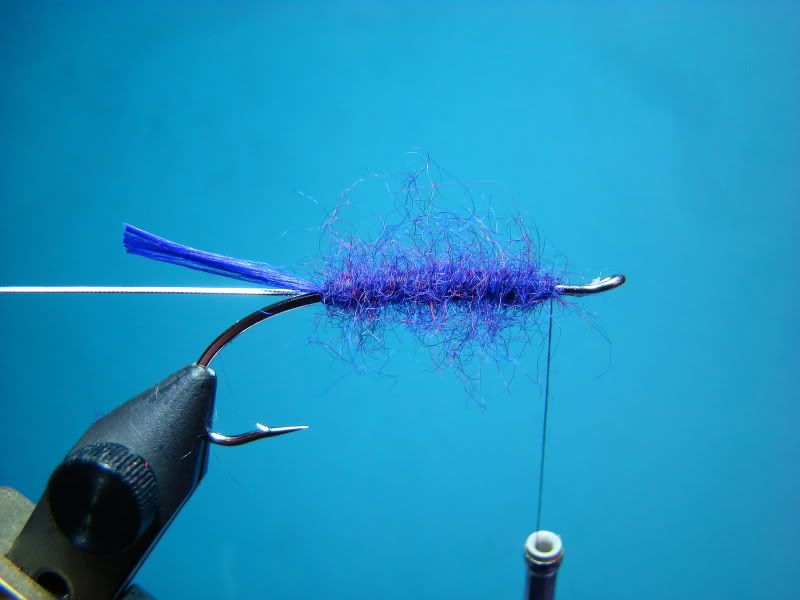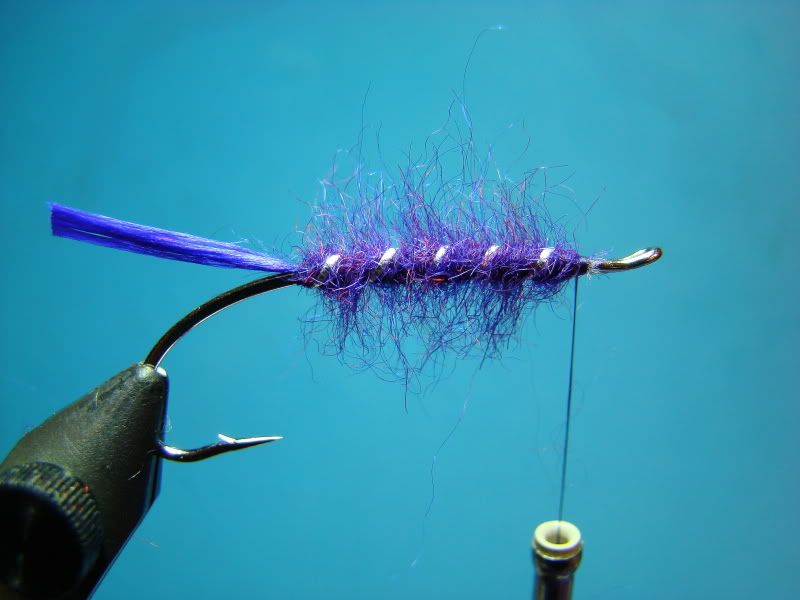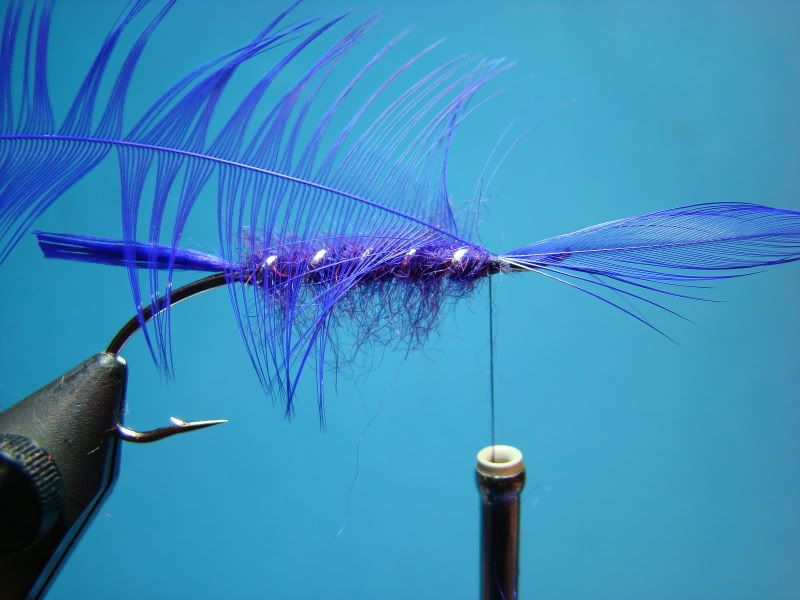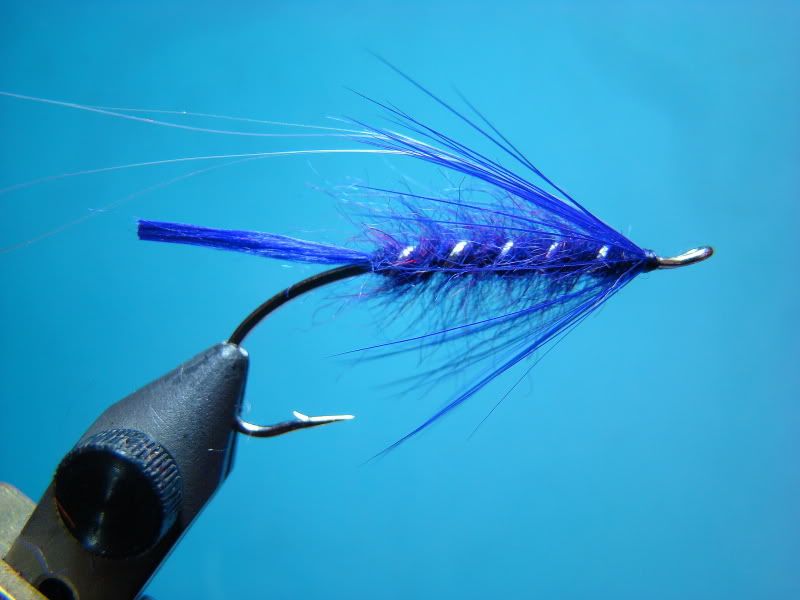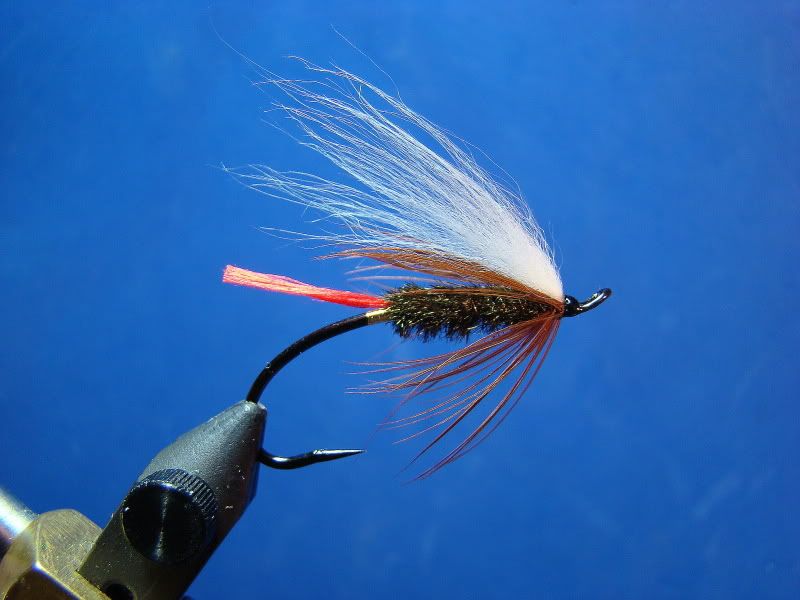 I am going to finish out the month with one last "oldie, but goodie" steelhead fly- the Bucktail Coachman. Never underestimate the power of peacock herl! This fly still pumps out a lot of steelhead for those that tie it on regularly. When tied in smaller sizes the Bucktail Coachman is a sure bet on our eastside rivers such as the Methow and a favorite of mine in the late summer on the Kalama.
I am going to finish out the month with one last "oldie, but goodie" steelhead fly- the Bucktail Coachman. Never underestimate the power of peacock herl! This fly still pumps out a lot of steelhead for those that tie it on regularly. When tied in smaller sizes the Bucktail Coachman is a sure bet on our eastside rivers such as the Methow and a favorite of mine in the late summer on the Kalama.
Materials
Hook: Choice (Pictured is an Alec Jackson steelhead iron)
Tag: (Optional) Fine gold Lagartun tinsel (Original did not have a tag,)
Tag: Red silk floss (Originally red hackle fibers)
Rib: (Optional) Fine gold wire
Body: Peacock herl
Hackle: Brown hen
Wing: White Australian sheep (Originally bucktail)
Step 1:
Start thread on return wire loop and wind down hook shank just past the halfway point. Wrap tag with 4 to 6 turns of tinsel. The end of the tag should be in a vertical alignment with the hook point.
Step 2:
Tie in floss tail. The length of the tail should be just past the hook bend.
Step 3:
Tie in gold wire under the hook shank. The wire should be secured in approximately the 7 o'clock position (near side).
Step 4:
Tie in 3 to 5 peacock herls and wrap forward.

Step 5:
Wind rib forward with 5 counterwraps.
Step 6:
Tie in and lock brown hen hackle. Length of hackle should extend just to the hook point or a little past it.
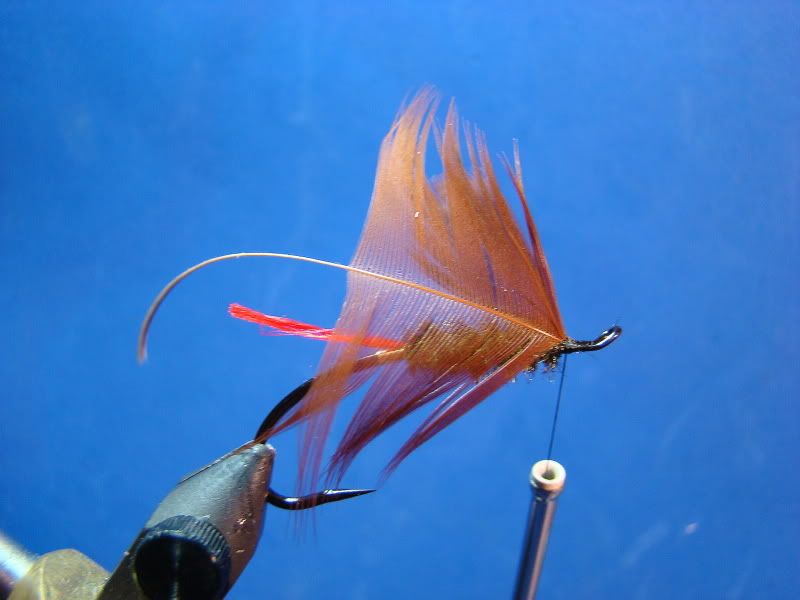
Take 2 or 3 turns of hackle.
Step 7:
Tie in wing. Length extends to the bend or slightly past it. Apply two coats of thin head cement and one "finisher."
I am sure someone is going to ask.... "Where did you come across the Australian sheep? I am very fortunate to work in the auto industry. Some time ago I received and call from a lady that wanted to come to our dealership and take measurements of seats in the new Honda Pilot for seat covers. I simply asked if there was any scraps laying around... the rest is history! The stuff is some of the most "wispy" winging material I have ever used. It can be a wee bit of the pain to tie because of it's fine nature, but it moves in the water. I use it mainly on smaller size 5 and 7 flies.
Next month I will be showcasing some saltwater flies for our Northwest waters! Many of the flies are of my own design. From salmon to searun cutthroat, I am sure you will enjoy reading the blog. In fact, I hope you tie and fish them!
See you on the water!
